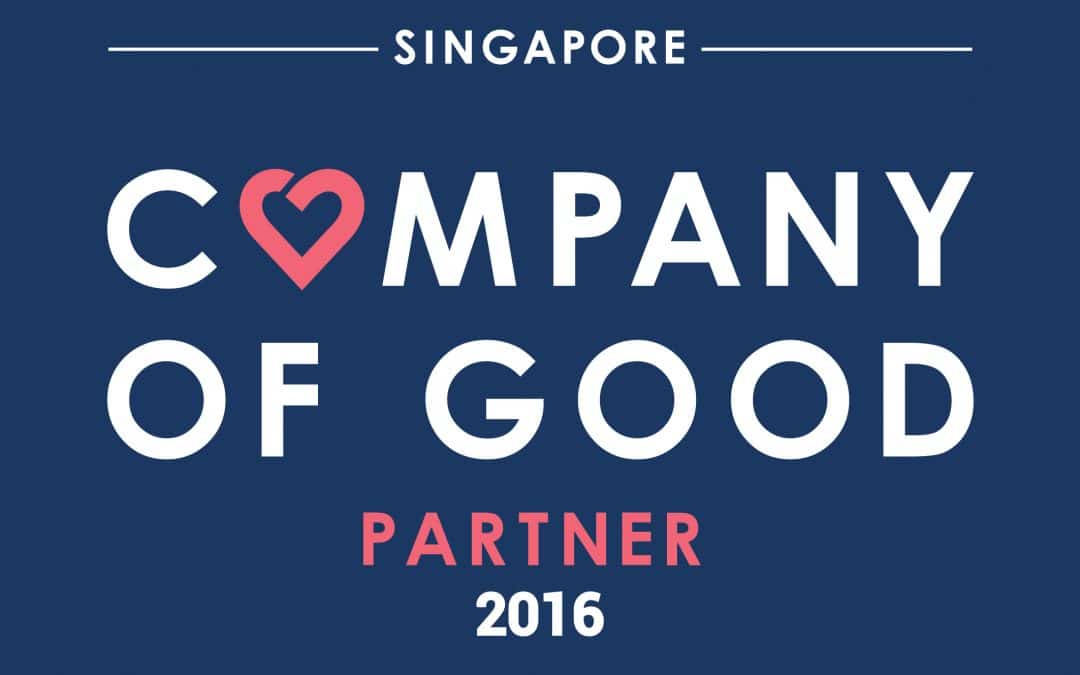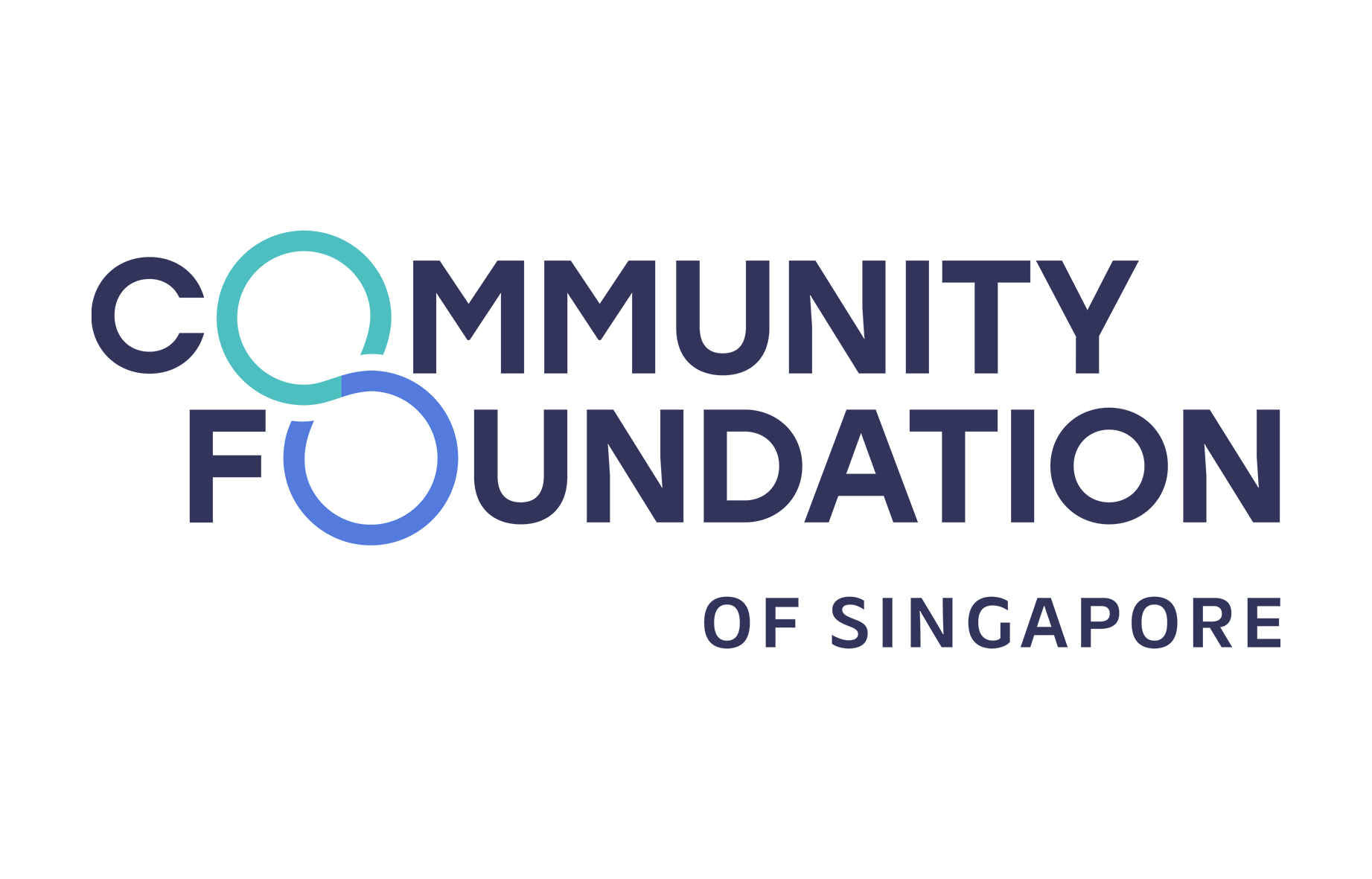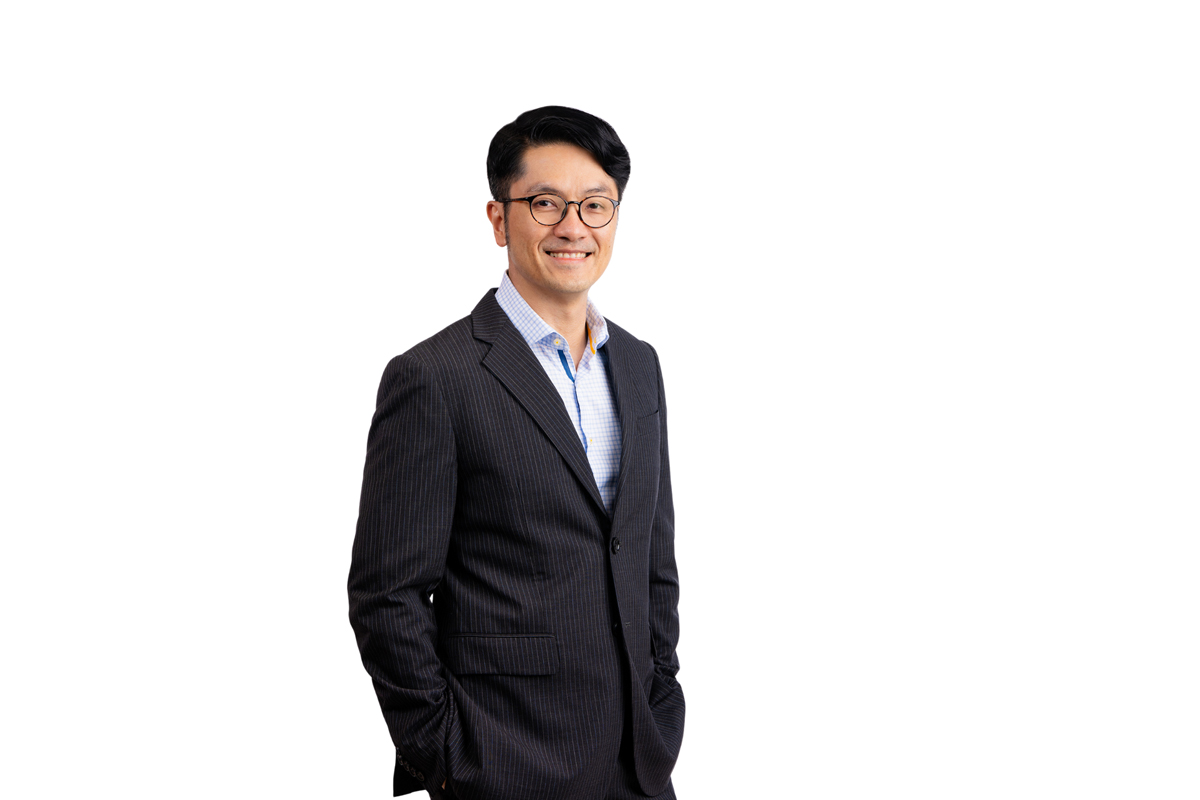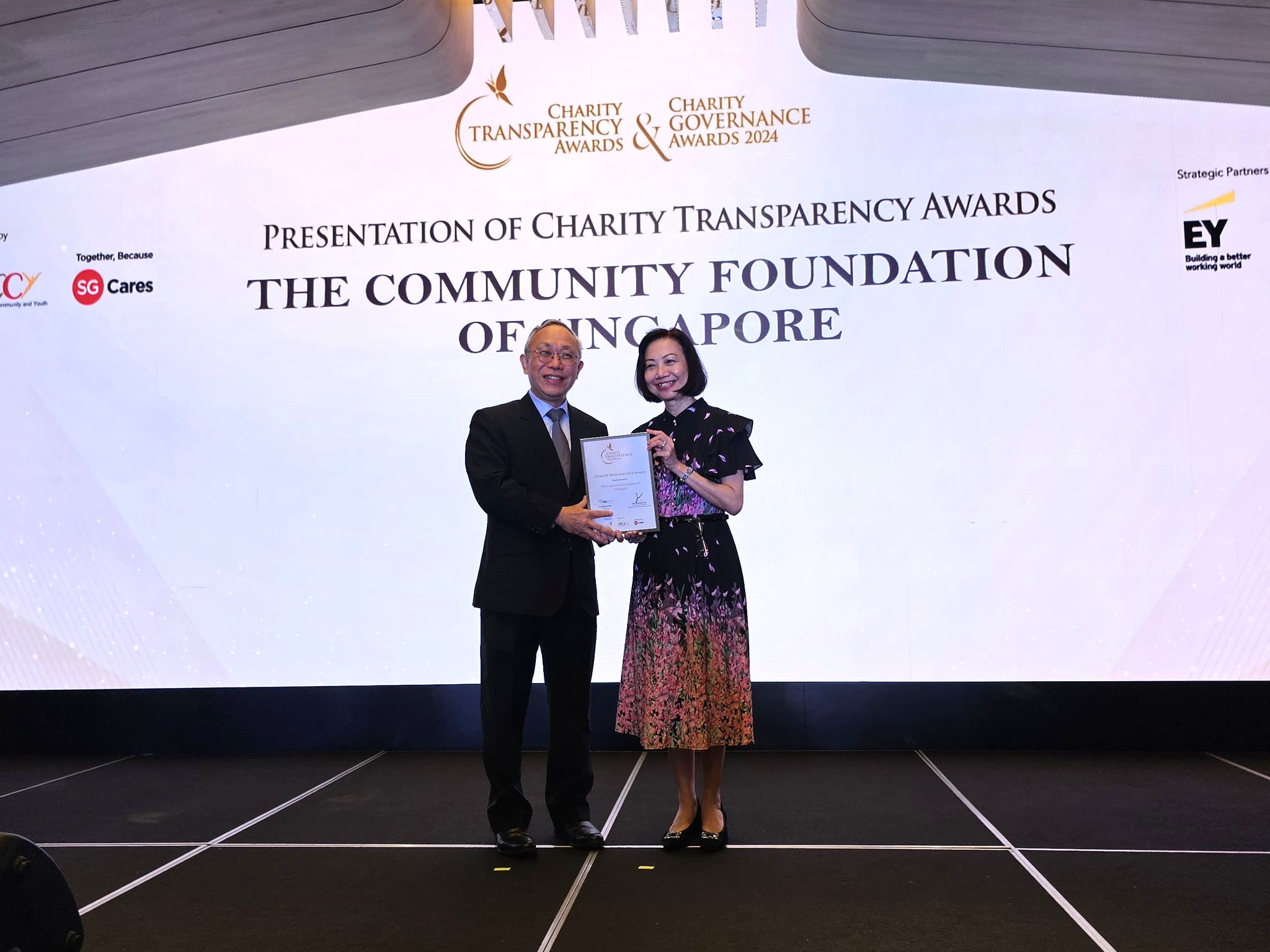Company of Good


Company of Good (COG) is a programme that empowers businesses to give better and more holistically. Companies can gain access to a self-assessment tool, a wide range of resources and an exclusive networking circle. The Community Foundation of Singapore is proud to be a partner of Company of Good to help equip companies with the knowledge and tools to do good together. Read more.
Company of Good (COG) is a programme that empowers businesses to give better and more holistically. Companies can gain access to a self-assessment tool, a wide range of resources and an exclusive networking circle. The Community Foundation of Singapore is proud to be a partner of Company of Good to help equip companies with the knowledge and tools to do good together. Read more.



